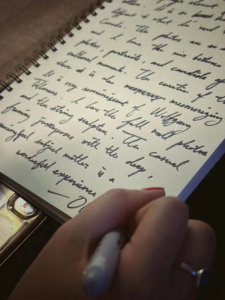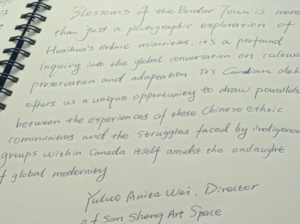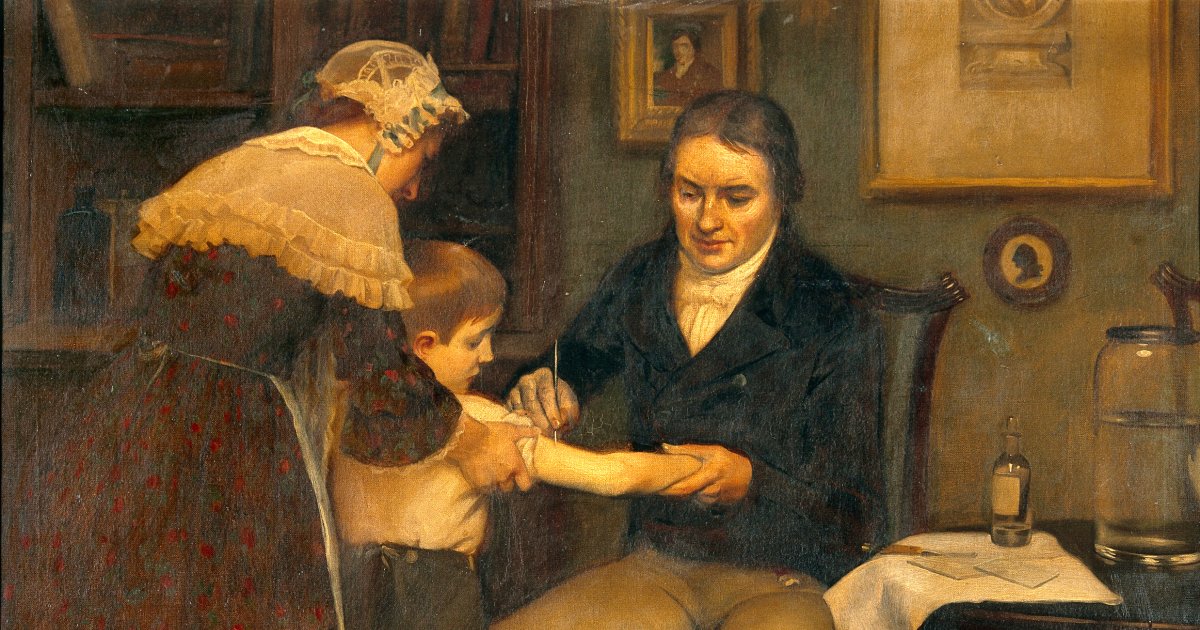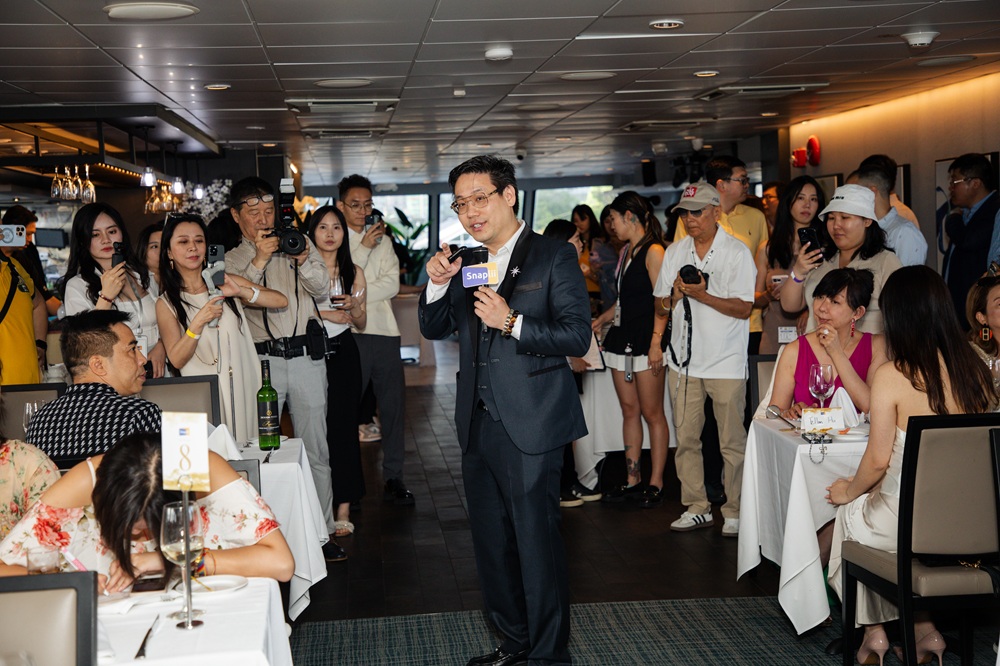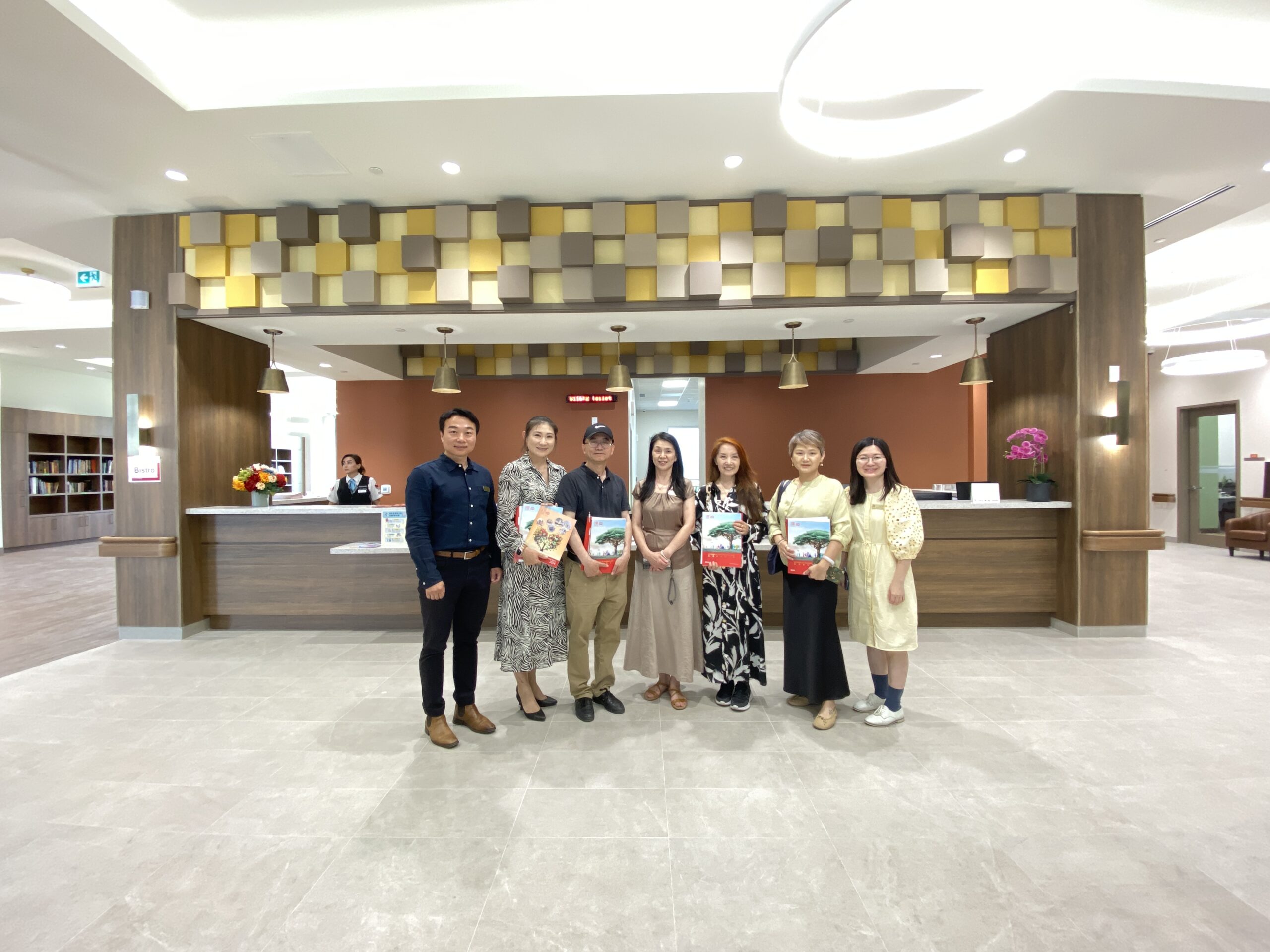Professor Liu Qiong from Huaihua University in Hunan, China, has brought her documentary film and pictures about the Tongdao Dong Chinese ethnic group to Toronto. Her art exhibition named “Border Town Blossoms” being part of the 2023 Scotiabank CONTACT Photography Festival was successfully held in June. This exhibition was curated by Ms Chen Yan, the president of the Canada International Photography Art Exchange Association.
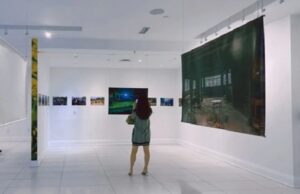
The Tongdao Dong ethnic group, as a part of China’s cultural treasure, is renowned for its unique appearance and profound historical background. Since 2006, Prof Liu has been capturing images of this precious cultural heritage, enriching the entire city with vibrant colors. Through Professor Liu Qiong’s lens, not only the breathtaking landscapes of this ethnic group are captured, but also its rich cultural significance is showcased to the world.
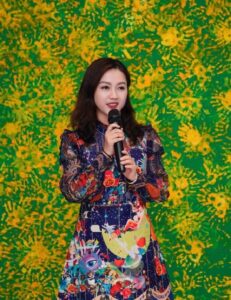
Nearly a hundred years ago, the writer Shen Congwen provided a sincere and pure description of the border town of Xiangxi, leaving a lasting impression. Tongdao Dong Autonomous County is located at the southernmost tip of Huaihua City in Hunan Province, China. It lies at the junction of three provinces: Hunan, Guangxi, and Guizhou, truly earning its title as a border town. It is also the earliest-established autonomous county for ethnic minorities in Hunan Province and has been a vital passageway for economic and cultural exchanges between the north and south since ancient times. The Dong ethnic group accounts for 77.9% of the total population, and they have been cultivating the land and thriving in this region for generations. Just like the resilient “blossoms” depicted by the writer Jin Chengyu, though they may be small individually, when connected, they form an endless expanse.
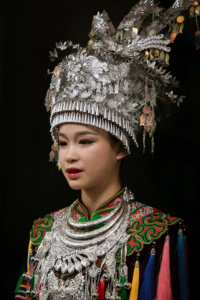
The Dong ethnic group possesses its own unique and rich cultural traditions. Artist Liu Qiong, who grew up in Huaihua, has a deep affection for Dong culture. Starting from 2006, through numerous in-depth investigations and research in Dong villages, she keenly felt that with the rapid development of the Chinese economy and the impact of modernization, the inheritance of Dong traditional culture faces many challenges. With a strong sense of nostalgia for her homeland and profound respect for traditional culture, Liu Qiong employs a simple and steady filming technique, adopting a field investigation approach to convey her perceptions and reflections through her lens. In her footage, there is neither blind praise nor discouraging criticism. The images are straightforward and vivid, aiming to present a faithful representation through objective observation and active participation, disregarding the pursuit of grand narratives and singular artistic aesthetics.
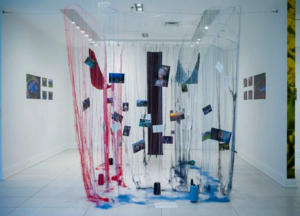
By combining the epic Dong songs, which pass down the philosophical wisdom of Dong ethnic life, with the everyday details of their production and livelihood, dynamic imagery is created to establish a temporary space belonging to the Dong ethnic civilization in a foreign land. It serves as a reminder for viewers to contemplate the enduring power of images and the transient nature of experiential memory.
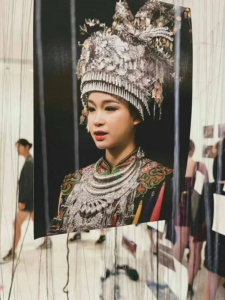
With a green background symbolizing the “Green Great Wall,” Tongdao is filled with images of handprints left by Dong children, resembling the vast fields of rapeseed flowers in Dong villages. When the blossoms are in full bloom, spring is vibrant. However, as the prosperity eventually fades, and in the face of the torrential currents of the era, where will Tongdao and the Dong ethnic group ultimately head?
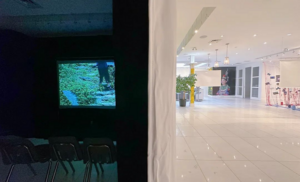
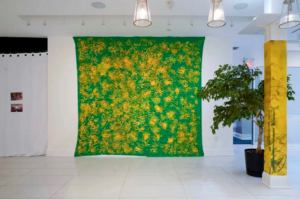
The exhibition lasted for a week and attracted over a hundred audiences of diverse ethnic backgrounds in Canada. The opening ceremony was particularly bustling, as people arrived with a love for art and a profound reverence for the splendid civilizations of humanity. They carefully pondered the profound meanings behind each photograph and followed the video footage into the ancient and mysterious world of the Dong ethnic group. They experienced the unique way of life, traditional art forms, and profound spiritual essence of the Tongdao Dong people.
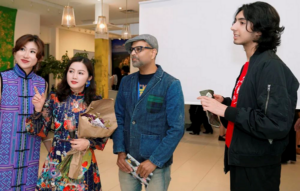

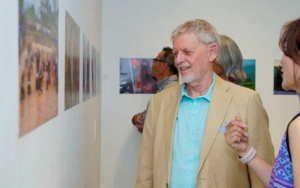
Curator Chen Yan (Amber) aims to use Professor Liu Qiong’s photographic works as a bridge to connect cultural exchanges between Canada and China. Every detail captured through the camera lens serves as a language that transcends national borders, allowing viewers to experience the dissolution of distance and the fusion of cultures in the visual realm.
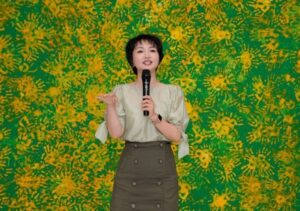
During the exhibition, in response to the enthusiastic expectations of the audience, the Canadian International Association for Photography and Art Exchange had the honor of hosting a highly anticipated special event—the thematic lecture titled “Journey into Xiangxi: Ethnic Minority Visual Stories” by Professor Liu Qiong. This lecture sparked continuous enthusiasm, as the audience immersed themselves in Professor Liu Qiong’s vivid explanations. Guided by her, they felt as if they were experiencing the stories behind the creation of ethnic minority visual images in Xiangxi, deeply appreciating the beauty of minority cultures. As the lecture came to a close, the audience eagerly raised more questions, hoping to hear further insights from Professor Liu Qiong. This constant outpouring of enthusiasm was truly delightful.
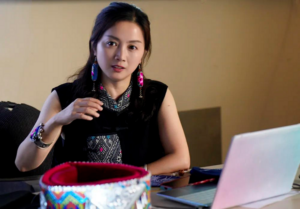
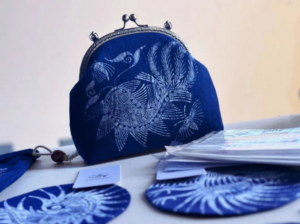

Professor Liu Qiong has earned unanimous admiration and respect from the audience with her profound academic expertise and rich achievements in visual imagery. Upon strong request from the association’s members, Dr. Han Xiao, Vice President of the CIAPA and lecturer at the University of Toronto, presented Professor Liu Qiong with the appointment letter as the Executive Chair of the China Division of the Canadian International Association for Photography and Art Exchange. This appointment acknowledges her outstanding contributions to promoting cultural and artistic exchanges. We look forward to Professor Liu Qiong creating more opportunities for the association’s members to learn and understand Chinese ethnic minority cultures, deepening the cultural and artistic exchanges between overseas Chinese and their homeland, and making significant contributions to the continuation and development of human civilization.
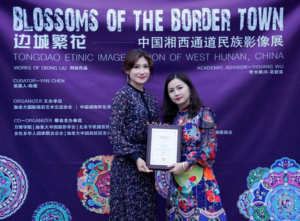
After the conclusion of the exhibition, many viewers were deeply moved, leaving behind heartfelt and profound messages that expressed their post-exhibition reflections. These messages were filled with depth, with each word and sentence embodying the viewers’ understanding and admiration for the artistic works presented in the exhibition. They felt the emotions and meanings conveyed by the artworks and drew inspiration for contemplation and enlightenment on life and humanity. These messages carried the viewers’ personal experiences but also reflected the shared emotions and aspirations of humanity.
